Four desert trails (and odd attractions) to explore right now
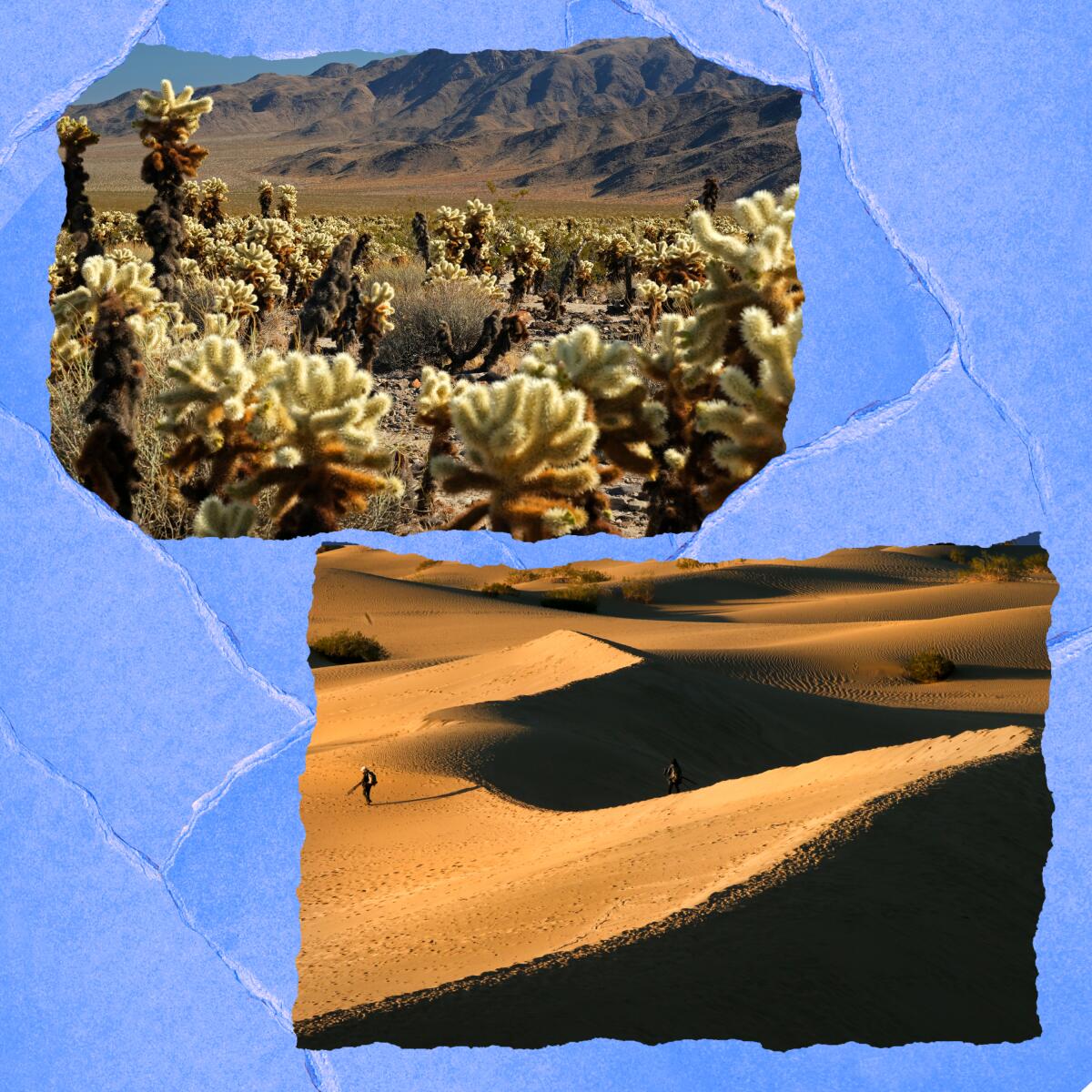
How much would you spend to protect California’s deserts? State legislators will face that choice when they decide how much money in the 2022 budget to earmark for the California Desert Conservation Program, which was signed into law in September. Funding is key to the program aimed at restoring desert habitat, protecting ancestral lands and offsetting climate change in the Mojave and Colorado deserts.
Late fall and winter are good times to visit the deserts that cover about a quarter of California. (You won’t be alone: Joshua Tree National Park notched 2.3 million visitors in 2020, almost double the number of tourists from a decade ago.) Need tips on where to go? Outdoors writer Matt Pawlik suggests these easy hikes that allow you to linger in the landscape, take photos and rock scramble a bit. (Find these hikes and others on our list of the 14 best desert hikes in Southern California.)
Mesquite Flats in Death Valley National Park: This dune-it-yourself journey goes through some of the most accessible and beautiful sand dunes in California. It’s easy to get otherworldly vibes, which is probably what inspired director George Lucas to use the setting for Tatooine in the “Star Wars” movies. The dunes are most comfortably explored from the ridges, the tallest of which rises more than 100 feet and offers a strenuous ascent up the sand (and a dramatic sand-boarding descent for thrill seekers). The desert vistas here are gorgeous at sunrise and sunset and provide a magical star-gazing opportunity. (3 miles round-trip)
Hidden Valley/Barker Dam in Joshua Tree National Park: If you have time to do only one hike in Joshua Tree National Park, do two. The Hidden Valley and Barker Dam trails are across the main road (Park Boulevard) from each other and provide the perfect highlight reel of the park’s geological, botanical and historical gems. Start at Hidden Valley, a loop enclosed by massive rock formations that were blasted by desert legend William Keys to gain easy access for cattle. Climb the rocks for incredible views of the circle of boulders and the area’s diverse plant life, including juniper, pinyon, yucca and, of course, Joshua trees. Continue your greatest hits tour at Barker Dam Nature Trail, where you can look for desert kit fox at sunset. The serene path also offers ancient petroglyph rock art and one of the most picturesque fields of Joshua trees in the park. (1.5 miles round-trip)
The Slot in Anza-Borrego Desert State Park: No list of desert classics is complete without a trip through a slot canyon. Simply named the Slot, the narrow silt-stone canyon in Anza-Borrego is the place to squeeze, duck and maneuver through the geological ravine, which houses creosote bush and cholla cactus. Negotiating around the 40-foot rock walls is half the fun (or claustrophobic for some) and is especially awesome when the trench-traversing trail winds under a natural bridge formed by a sedimentary slab. The tapered slot itself is less than a mile, but you can steeply ascend to get views of the epic chasm, nearby West Butte Mountain and, farther out, the Laguna Mountains framing the desert backdrop. (2.25-mile loop)
49 Palms Oasis in Joshua Tree National Park: Are you tree lover, log lover, grove groupie? The copse of fan varieties at the 49 Palm Oasis in the northeast corner of Joshua Tree National Park is the place to go. On this roller coaster out-and-back, a steep, shadeless climb nets you rugged desert views to the north and vistas of the oasis. Coyotes, bighorn sheep and resident birds, such as Gambel’s quail and orange-and-black hooded orioles, rely on the space for water and a cooldown under the thicket of fan palms. You might even spot the rare desert tortoise on the trail; watch out on your drive in so you don’t hit one on the paved road. Enjoy bouldering or a peaceful picnic as you try to count all 49 floral specimens. (3 miles round-trip)
5 things to do this week
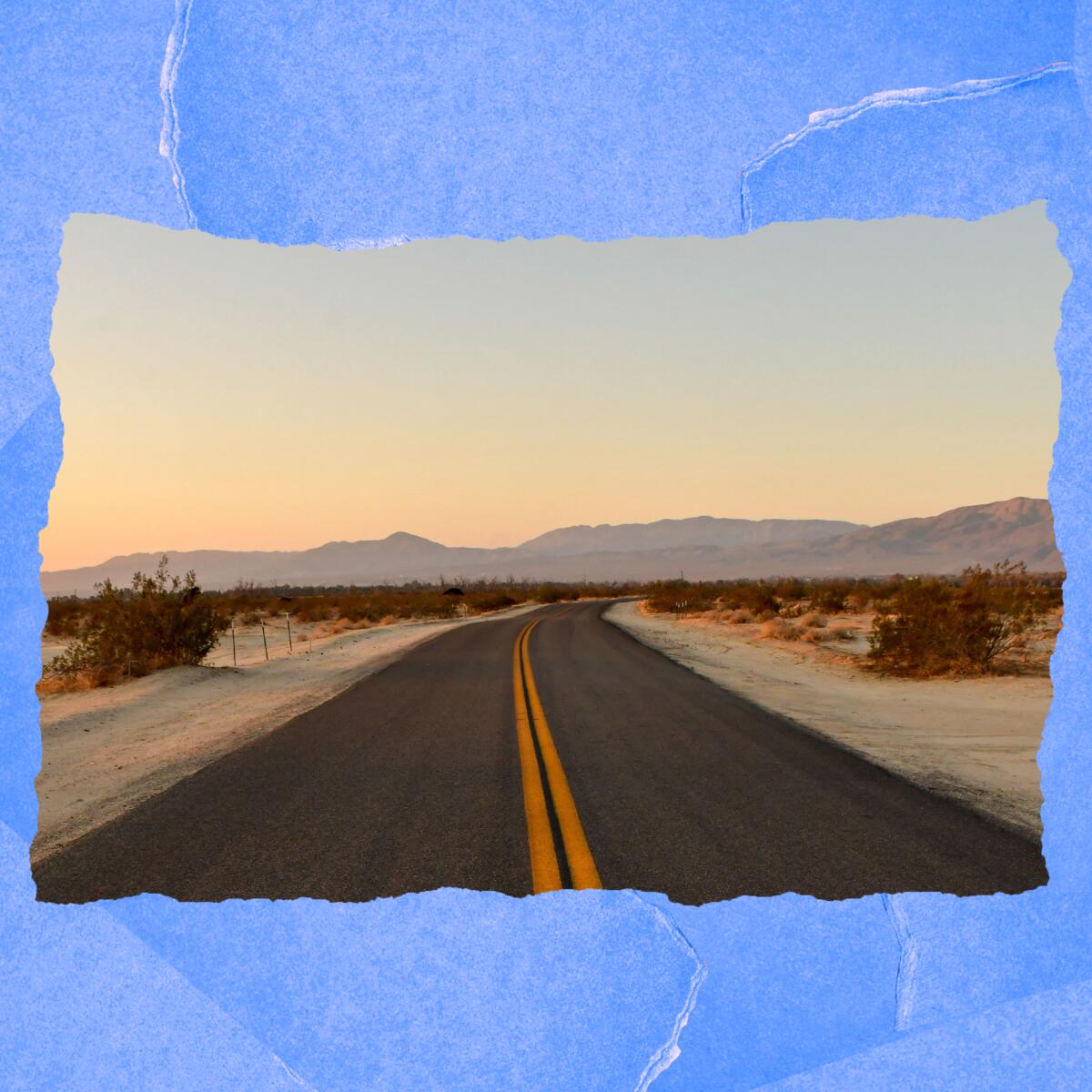
1. Desert, Part 2: Where to find SoCal’s funkiest desert-scapes. Aside from natural beauty, SoCal deserts revel in weirdness. L.A. Times writer Christopher Reynolds sought out 22 offbeat “Insta mirages” during a 48-hour road trip. He found a fake Sotheby’s office at the Salton Sea’s Bombay Beach and 120 metal beasts roving around Borrego Springs. These cultural finds and oddities show another side of the desert: an endless canvas to make an artistic (or artistic-adjacent?) statement. Read the full story here.

2. Meet the mermaids of Santa Barbara. Mermaids exist only in myths — and the photography of Ralph Clevenger and his former students. Clevenger taught an underwater photography class at the Brooks Institute at UC Santa Barbara that gave rise to the idea of staging marine myths and legends. Now the Santa Barbara Maritime Museum is displaying 16 photographs on canvas that show dreamy perceptions of the tailed creatures. The museum show runs through April 30. Want your photo with an in-person mermaid? Make an appointment between 11:30 a.m. and 2 p.m. Saturday, when they’ll be outside the museum. Photo sessions cost $10 for members, $30 for nonmembers. More details here.
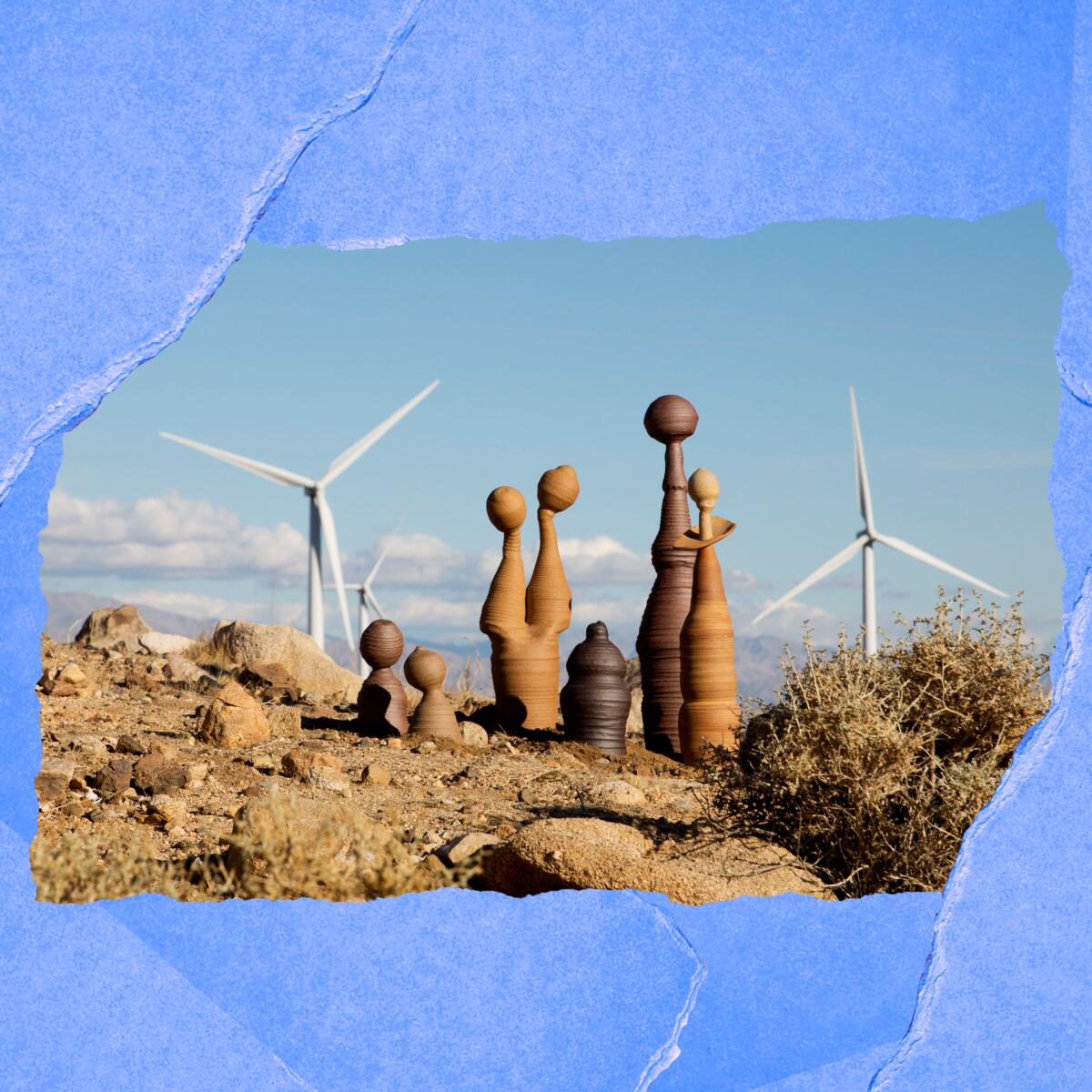
3. See these garden sculptures before they turn into wildflowers. Ireland-based artist Brandon Lomax makes human-like clay figures of different colors, shapes and sizes to represent the diversity of people on the planet. In “Re(Place),” a new show at the California Botanic Garden in Claremont, Lomax arranges figures from unfired clay infused with wildflower seeds. As rain and irrigation break down the natural clay, the seeds take root in the soil. You can see his original figures starting Nov. 13 and continuing through June 1. Visitors can meet Lomax and sign up for a workshop to learn how to make their own clay creations (register here). Tickets to the garden cost $15; $10 for members. More information here.
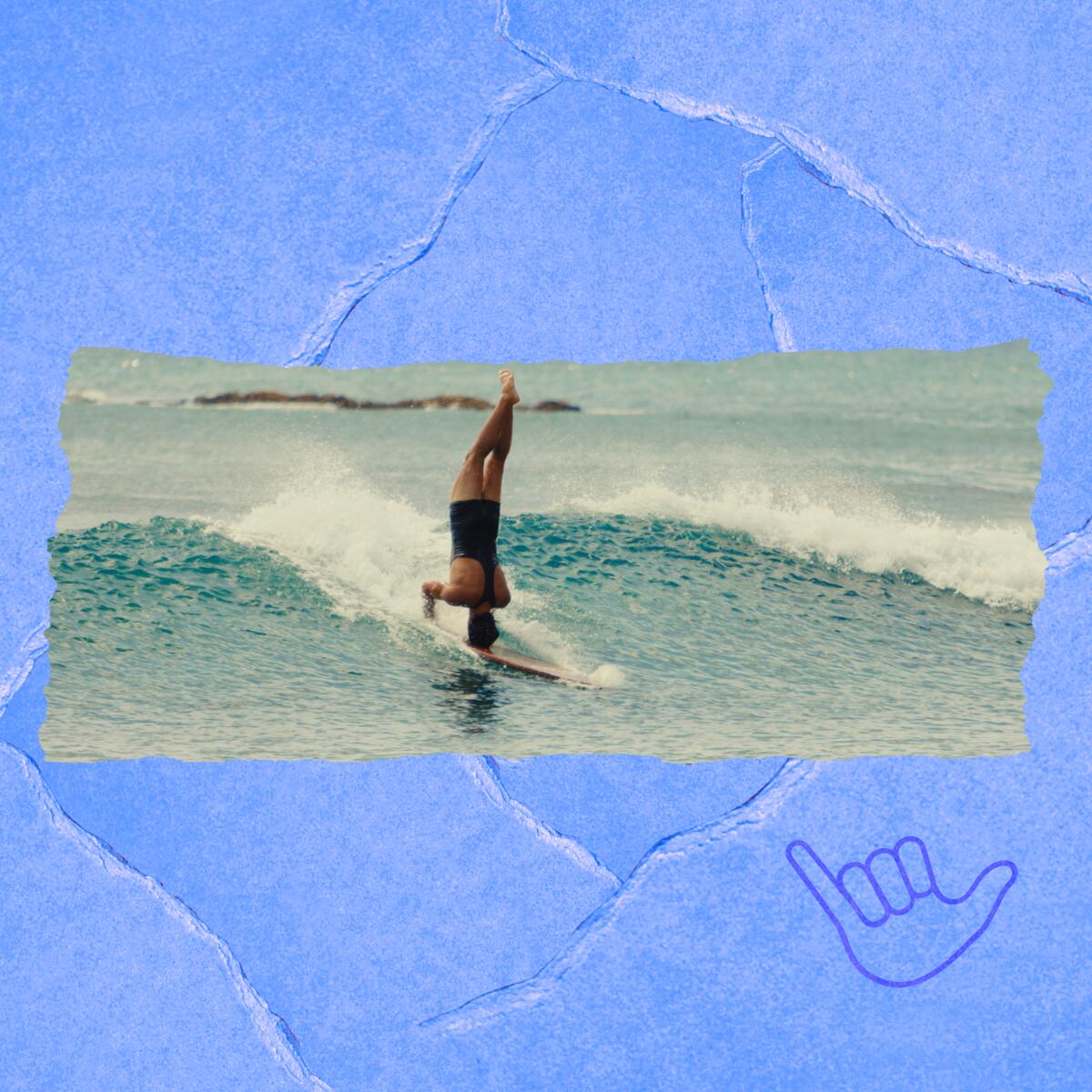
4. Learn about the life of surf legend Duke Kahanamoku in new documentary. Let’s start with this: The Hawaiian surfer and swimmer Duke Paoa Kahinu Mokoe Hulikohola Kahanamoku won three Olympic gold swimming medals for the U.S. in the early 20th century and is pretty much known as the father of modern surfing. But how much do you know about his struggles and successes? “Waterman,” a documentary narrated by actor Jason Momoa, tells Kahanamoku’s story. Tickets for in-person screenings start at $35; you can also buy tickets to stream the film. The film makes its West Coast debut at 5 p.m. Nov. 13 at the Coast Film Festival in Laguna Beach, which runs through Nov. 14. Check out the full schedule of films about oceans and surf culture here.
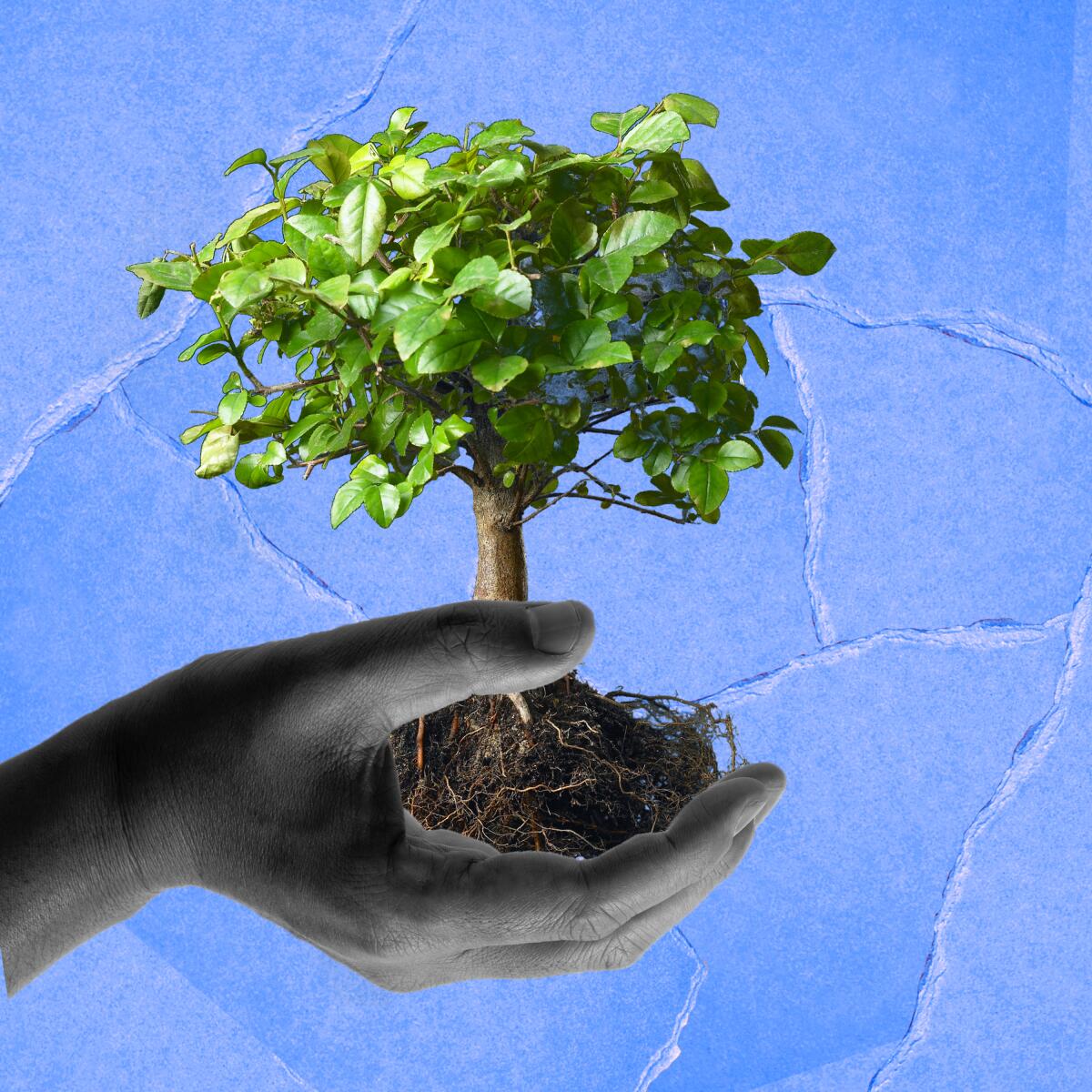
5. Plant trees in the Arts District — and in your backyard. Bring more green and more shade to L.A. streets by volunteering at a community tree-planting event in the Arts District near Little Tokyo. You can help put trees in the ground or pick them up for your yard from 8:30 a.m. to noon Nov. 13 at 608 Mateo St. in downtown Los Angeles. Details at City Plants.
The must-read
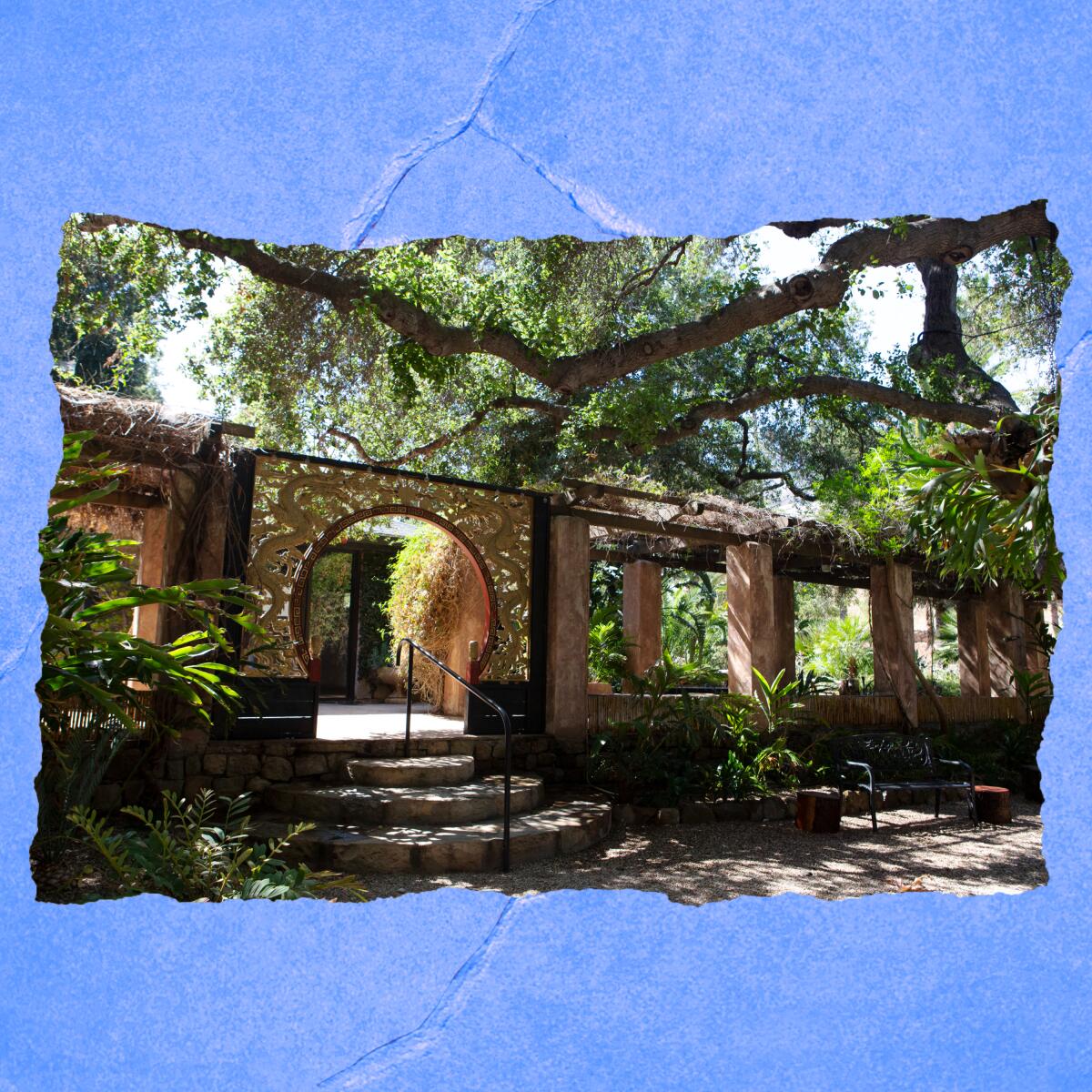
Ever been to one of Southern California’s truly secret gardens? L.A. Times writer Jeanette Marantos described a recent visit to an off-the-radar garden north of Ojai this way: “For starters, just getting to Taft Gardens & Nature Preserve is an adventure. The entrance is not listed on Google maps, to discourage drop-in visitors. The only instructions are from an email printout that came with my tickets — the directions vague and confusing enough to make the trip slightly thrilling.” During her journey of discovery, she was won over by the gardens filled with South African, Australian and California native plants. Read the full story and learn how to plan your own visit to Taft Gardens.
Cool gear
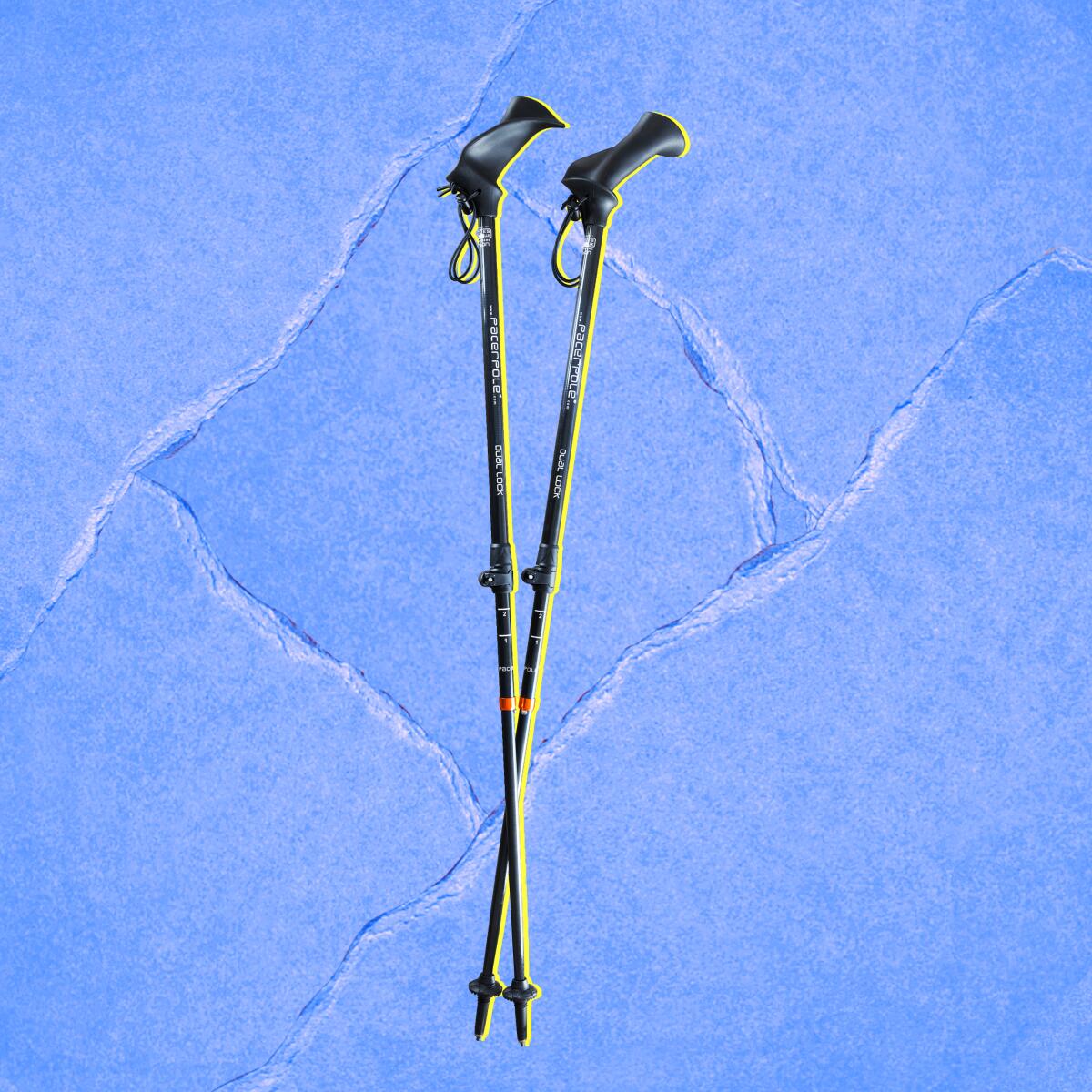
Ever come home from a hike with sore hands from your trekking poles? I have. Pacerpoles may help. These poles are the only ones I’ve found with a comfy, ergonomic grip. Made in Britain, they are designed to improve your walking ability, not just get you up and down mountains. They come in alloy or carbon fiber, good for trekking, hiking, power walking, snow-shoeing and ski-touring. Poles cost $109 to $145 plus postage. The poles made our list of outdoor gifts in the Times’ 2021 Gift Guide.
P.S.
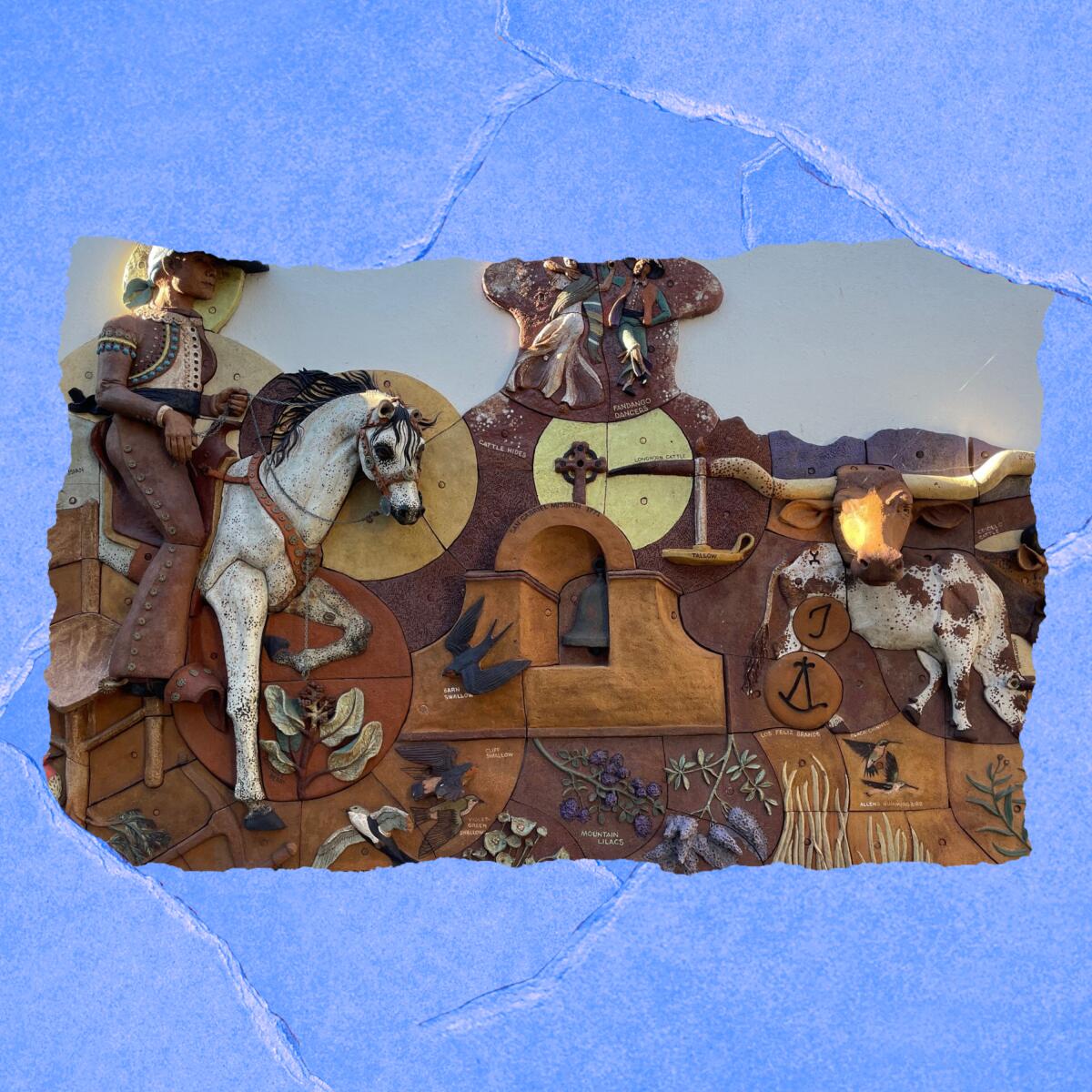
Ready for Griffith Park’s big 125th birthday celebration on Saturday? There are 30 curated sites to visit during the daylong event. Think about how you are going to get around before you go. Take a look at the map of activities in the park to choose sites you want to visit. Then consider taking public transportation or parking outside the festivities and walking or biking inside the park. The Parkline Shuttle will run inside the park for the day too. Check the L.A. Conservancy’s website for more information.
Campfires are back in the Angeles National Forest. With the fire threat lowered because of recent rains, the fire danger level recently was lowered from “extreme” to “very high.” That means visitors once again may build a campfire and use camp stoves at developed sites. Click here for more details on fire danger levels.
Send us your thoughts
Share anything that’s on your mind. The Wild is written for you and delivered to your inbox for free. Drop us a line at [email protected].
Click to view the web version of this newsletter and share it with others, and sign up to have it sent weekly to your inbox. I’m Mary Forgione, and I write The Wild. I’ve been exploring trails and open spaces in Southern California for four decades.

Sign up for The Wild
We’ll help you find the best places to hike, bike and run, as well as the perfect silent spots for meditation and yoga.
You may occasionally receive promotional content from the Los Angeles Times.




